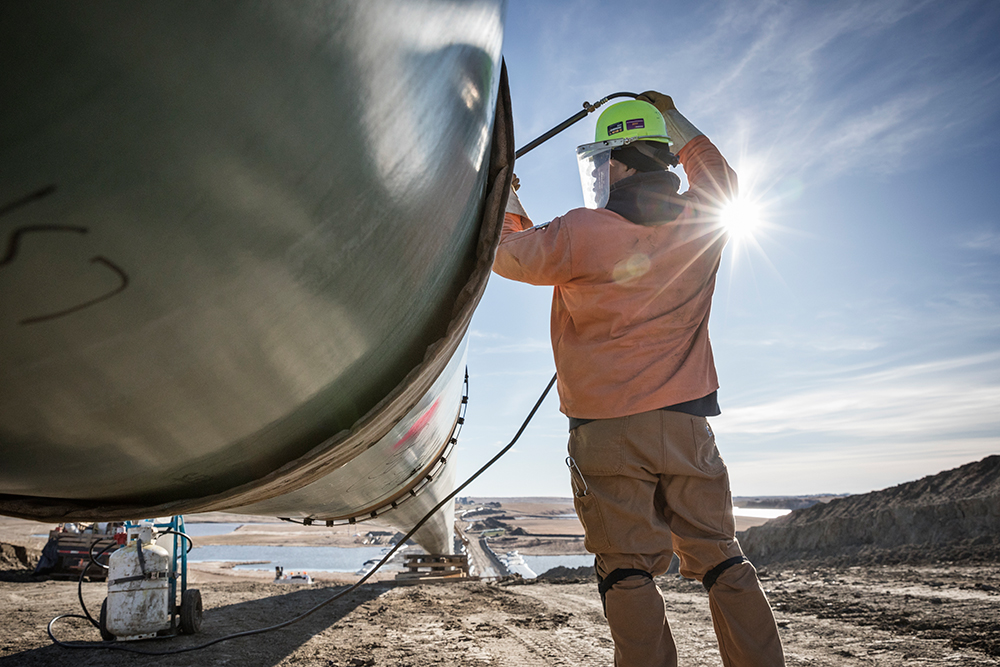Preface
In this report we use the terms “Indigenous Peoples”, “Indigenous Nations”, “Tribal Nation”, “Tribes” and “Indigenous or Aboriginal communities, groups and organizations” to describe the First Nations and Métis Nations in Canada – and the Native American Tribal Nations in the U.S. – that we interact with on a regular basis. Which term is used depends on the preference of the group involved and the topic being addressed.
While the substance of this report reflects learning from our ongoing engagement with Indigenous Peoples in North America, we have not directly engaged on this report itself with Indigenous Nations and groups. For this reason we are releasing it as a “Discussion Paper” that will be supported by a process for feedback, engagement and response.
As noted in the following pages, this Discussion Paper is in follow-up to a voluntary commitment made by Enbridge at our 2017 Annual General Meeting (AGM) to provide enhanced transparency about how we are implementing our Indigenous Peoples Policy, and how Indigenous sensitivities are integrated into our internal processes for investment review. We made this commitment in response to a shareholder proposal that was presented at our 2017 AGM by the Shareholder Association for Research and Education (SHARE) and by a Council member from the Standing Rock Sioux in North Dakota.
As indicated by the map in section 1 of this discussion paper, Enbridge is North America’s largest energy infrastructure company. We provide products and services that span the spectrum of the transition to a lower carbon economy and include the delivery of oil, natural gas, renewable energy and power, as well as energy efficiency programs for homes and businesses. Our businesses are diverse and their impact on Indigenous Peoples and lands varies significantly depending on the nature of the project or operation involved, and its size, scope and geography. It is important to note that the majority of our natural gas pipelines in the U.S. do not cross Indigenous lands. The content for this report is therefore derived from practices and procedures in place for engaging with Indigenous nations and groups where our activities can affect Indigenous rights and relationships. Most particularly, this involves our liquid pipeline projects and operations in Canada and the U.S., and our natural gas transmission and midstream projects and operations in Canada.
All dollars in this Discussion Paper are Canadian dollars unless otherwise noted.

Many workers on the Line 3 Replacement Program in Western Canada are graduates of Enbridge’s Pipeline 101 training-to-employment program. Established in spring 2016, this program is designed to teach transferable skills that support future employment opportunities for Indigenous workers across the pipeline industry, as well as related sectors.






